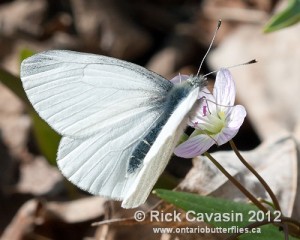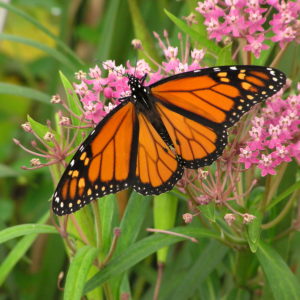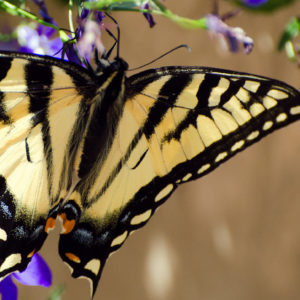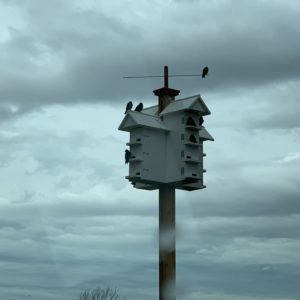Species Spotlight: West Virginia White
Get to know some of the species at risk in the Lac Deschênes IBA with the Species Spotlight, aka “Sp-Spot”. Today meet the: West Virginia White
 Scientific Name: Pieris virginiensis
Scientific Name: Pieris virginiensis
SARA status: Special concern
Taxonomic Group: Anthropods
Size: 3-5 cm wingspan
The West Virginia White is a small white butterfly with wings that are translucent on the underside. Its veins have grey-brown scaling, causing it to look like a lace pattern. As a caterpillar, it is yellow-green with a green stripe along each side. Adults feed on flower nectar of toothworts, spring beauty, violets, and other plants. The larvae feed only on the leaves of toothwort, a small, spring-blooming plant of the forest floor.
Currently, there are couple threats to the West Virginia White such as forest fragmentation and invasive species, such as the garlic mustard. The butterfly is restricted to rich, moist deciduous woods. Since it refuses to cross open areas its sensitivity to forest fragmentation is the largest threat to this butterfly’s survival.
Where Else Can You See This Species?
This butterfly has a very limited North America range. In Canada, it can be found in localized colonies in southern and eastern Ontario, as far north as Manitoulin Island, Batchawana Bay north of Sault Ste.Marie and Sharbot Lake north of Kingston. There are also records of this butterfly in the Montreal area. The largest populations are in the western Lake Ontario region.
Did You Know?
• The West Virgina White butterfly is 2-3 times more likely to lay their eggs on garlic mustard over a native host plant. This is unfortunate as the hatched larvae will not survive on this invasive species.
Check back every week to read about a different species at risk that can be found in Lac Deschênes.
You can report sightings of this and other rare species to the Canadian Wildlife Service at (819) 997-2800 or on the MNR Natural Heritage Information Centre website. A photo and a location are very helpful!

We would like to thank our guest blogger Kelsey Ha for this post. Kelsey is a high school student volunteer at Nature Canada and is interested in biology and environmental sciences.



